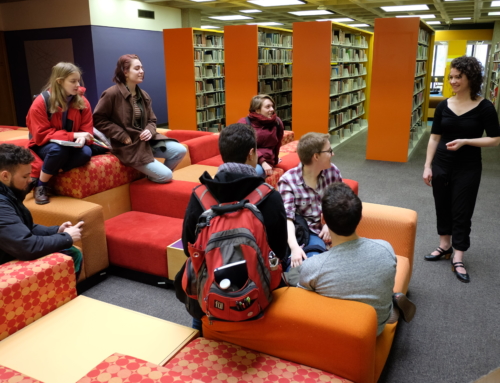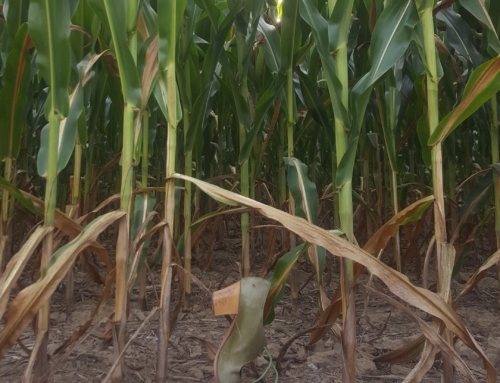I’ve been thinking a lot recently about the oral tradition of flamenco. Sometimes it seems as if it could be threatened by Youtube and modern technology, but not really, since those cannot capture the live energy of performance. A few weeks ago I wrote about video and dance:
https://aliceblumenfeld.com/uncategorized/some-thoughts-on-video-and-dance/
I took Concha Vargas’ class yesterday and I realized something HUGE about flamenco that also relates to video’s lack in teaching or transmitting flamenco.
Concha has a very unique style. She is a very large gypsy woman from a town near Sevilla called Lebrija. She is known particularly for dancing bulerías de Lebrija, which is a slower style of bulerías that has more pauses. She has this amazing control of her body; she has a a huge stomach, which you might expect to jiggle around or something while she dances–yet it seems as if she controls it perfectly. She knows how to make it part of the dance; it adds rather than detracts from her aesthetic.
Sometimes she makes these faces like she is a witch about to scare away some children; I’m not going to lie–I would have been frightened of her when I were five years old. But the thing is she is always telling something, sharing something, expressing something. She knows when to be explosive and when to hold back. She has the same musical control and accuracy as any of the technically fabulous dancers from Madrid, but she’s not showy. Her point seems to be to share her personality with whoever is around her.
Concha definitely has her own style, her own way of moving. I suppose I could have learned some of her steps and tendencies that yield this style via videos. I could have studied her movements and noticed how she places her weight, the gestures or ‘dibujos’ of her arms, but I would have been missing the most integral part of her dancing–her energy. Flamenco has to be transmitted orally because it is about the unique energy that gives each of us our own personalities. It is about infusing the steps with our stories, told from our perspectives–our interpretation of the music. This flamenco ‘energy’ is kept alive because it is transmitted from one generation to another. Youtube and all of our technology is cold; what I mean to say is it can’t transmit human energy. A video of a dancer will never make me feel the same way in which a real dancer can make me feel.
Concha made an interesting point about one of the steps that she taught. A turn she is credited with creating she openly admits is not her own. She learned it from someone in Lebrija who died long ago, and surely he learned it from someone before him. She said that she is credited with it because she is the first person to be recorded on video doing the step. Video makes us forget about the importance of the personal transmission of steps; it cannot carry the energy of life and for that reason, in this context, I want to say it is dead or cold.
| Concha dancing with Andrés Marín. They both have a similar approach to flamenco, yet very different styles; Andrés being considered a vanguard dancer and Concha a more traditional gypsy style. They have worked together on several shows, and the combination of their energies on stage is a sight to be seen, absolutely enthralling. It again points to the idea that flamenco is not about superficial aesthetic but about energy and the codes that make it a living, breathing language. deflamenco.com |
All and all, I’ve realized just how important energy is in flamenco. Personality is our unique energy that we can transmit through dance and to learn someone’s style and steps in flamenco, you must learn them in person or you miss out on their very purpose–the transmission of that energy. Now, ironically, I will post a video of Concha and one of Concha and Andrés so you can at least get an idea of her style and command of flamenco.





Leave A Comment